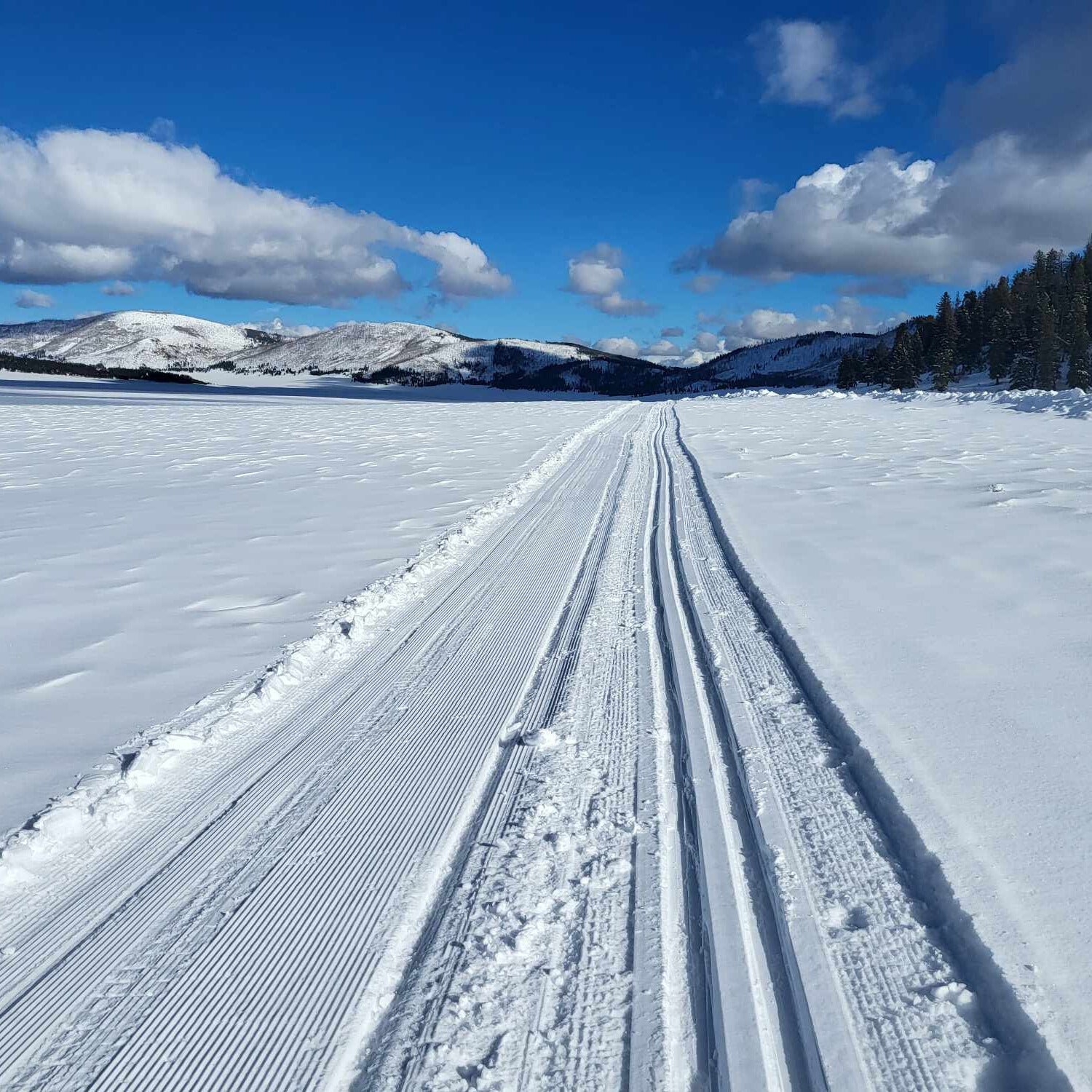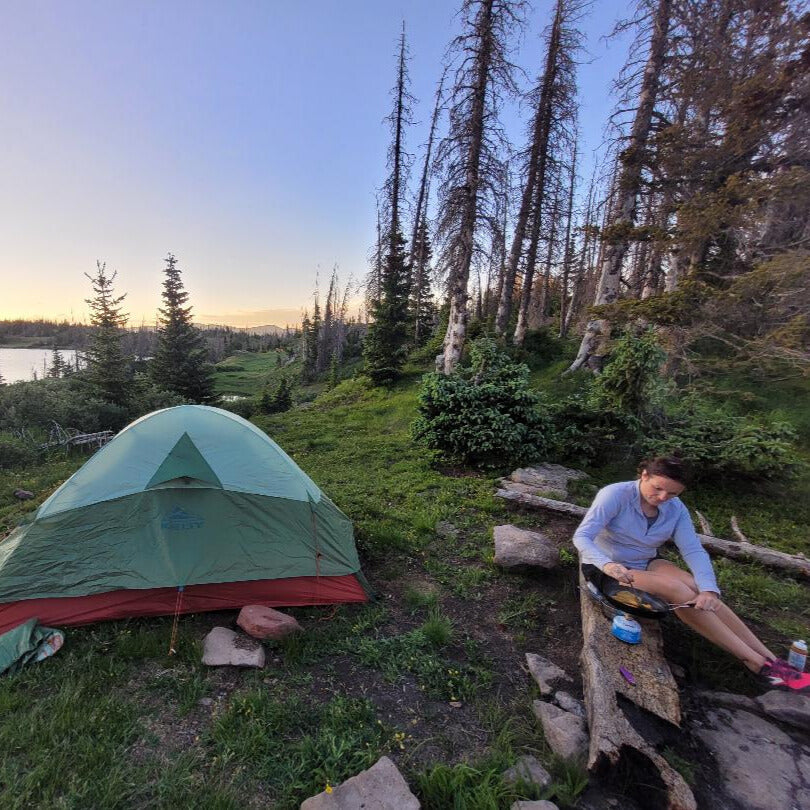Your Cart is Empty
accepting gear drop offs Mon-Sat 10am-5pm. No Consignment acceptance on Sundays.
accepting gear drop offs Mon-Sat 10am-5pm. No Consignment acceptance on Sundays.

Durango is a bike town through and through and this just happens to be the 12th annual Clean Commute week. If you’re struggling to find the perfect townie for you, just take a look at the bikes below and let us help you decide! Aren’t seeing a bike type that suits you? Swing by or give us a call to chat about all things bikes!
The grocery getter:

This is the perfect bike for those of us wanting to cut down on our car usage as much as possible. A bike with a high range of gears and equipped with removable pannier bags is the pick for you. This Bridgestone bike is a classic with drop bars, two water bottle holders and a rack ready to tackle any town adventure.
The town cruiser:

Looking to stick on the grid or ride the river trail? A classic town cruiser might be the bike for you! These bikes are simple and fun. Without gears or handle breaks to get in the way, all you need to maintain these trusty steeds is a bike pump. This Sears vintage cruiser is even equipped with a rack over the front wheel where you can fasten down your towel and get to the water.
The roadie commuter:

On some summer days in Durango, biking is simply faster. Looking to switch your commute to biking but aren’t willing to sacrifice efficiency? A classic road bike might be the townie for you. This Zullo is a racing classic, ready for any commute near and far!
The one bike to do it all:

Don’t want to fuss with tons of bikes in the garage? Stick with your mountain bike or swing by and pick one up, cause let’s be honest, we’re not willing to sacrifice trail performance for a smoother commute.

Thanksgiving is almost here–and skiing this early is always a gamble. Here are some non-skiing warm(er) weather destination ideas for the long break.

Just a couple hours from Durango, Valles Caldera is a great cross-country skiing destination, with surprisingly good snow and very few visitors.
Valles Caldera National Preserve is a popular hiking destination in the summer and a surprisingly great skiing destination in the winter.

When spending one night (or many) in the backcountry, a warm dinner at night and hot beverage in the morning can make the difference. That invariably involves using a stove of some sort–but which one?
Stove technology has been around for decades, but new tech is making them lighter, more efficient, and more dependable than ever before. Here’s a rundown of the different kinds of backpacking stoves: